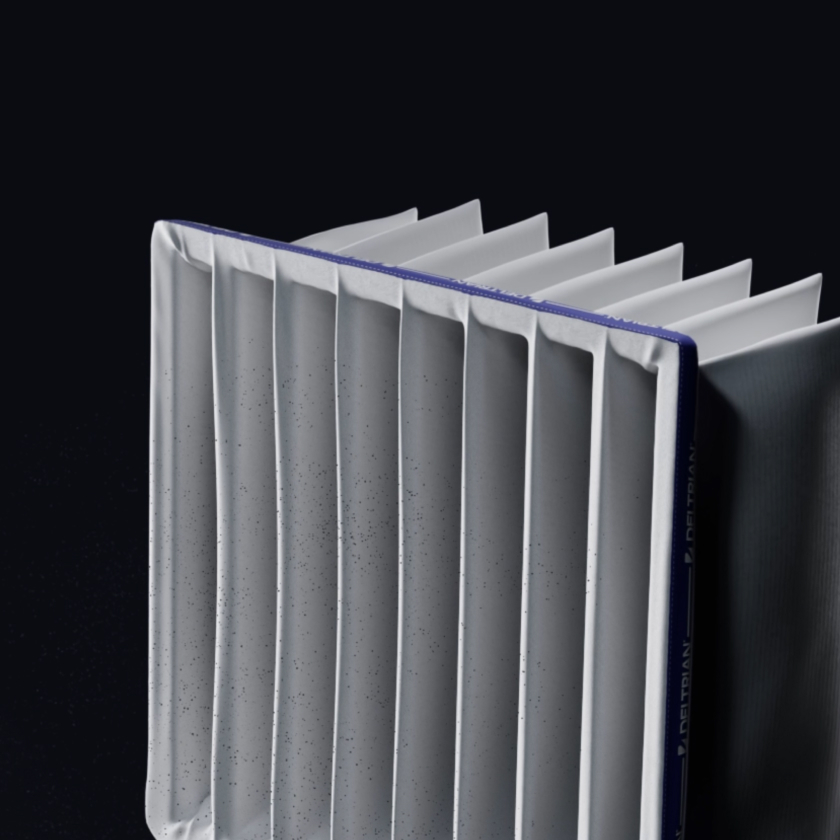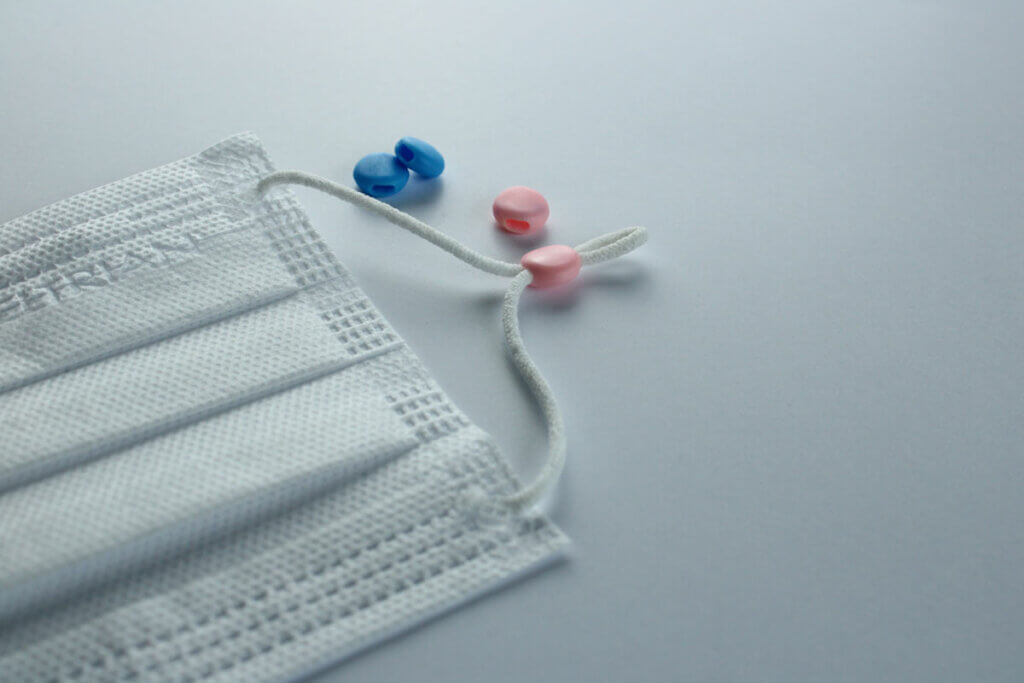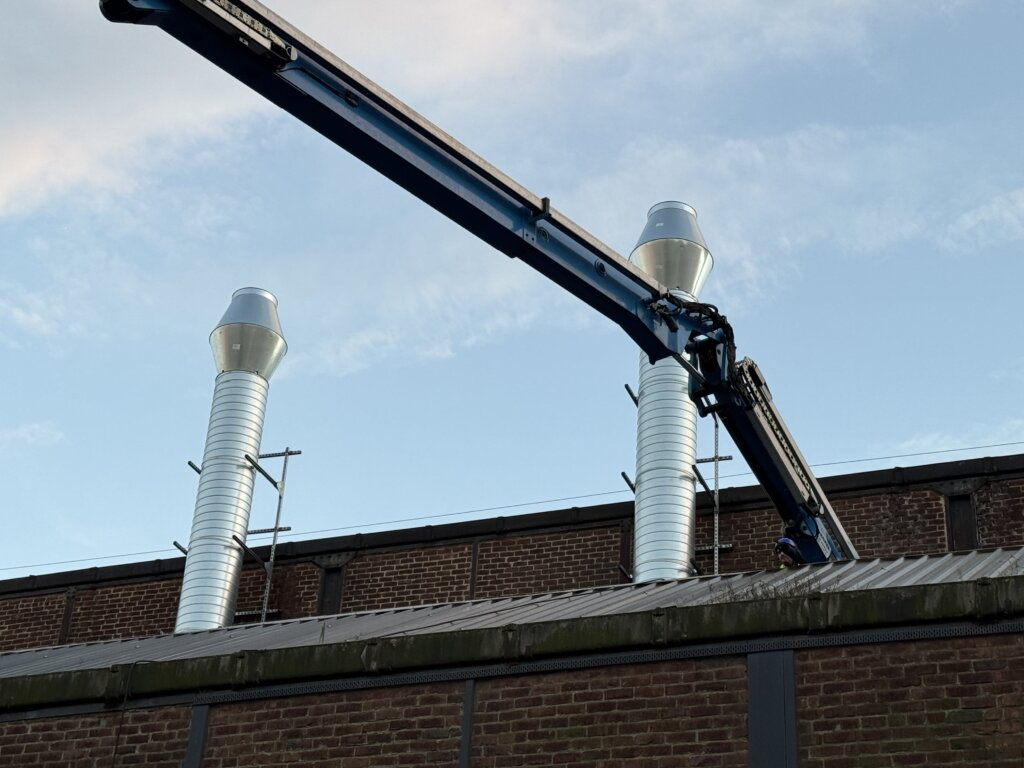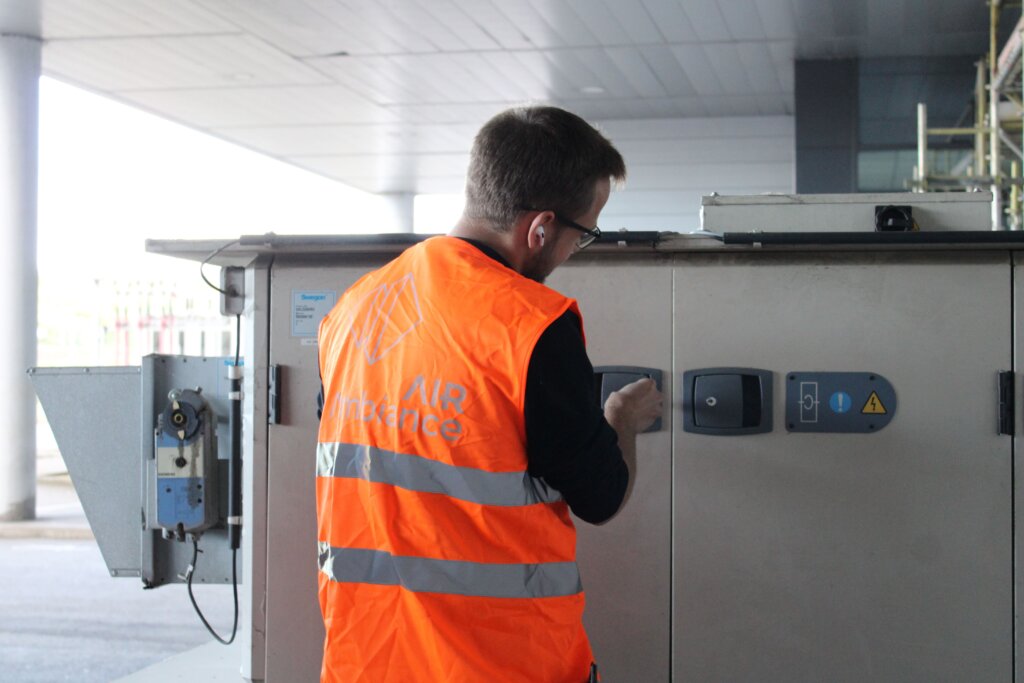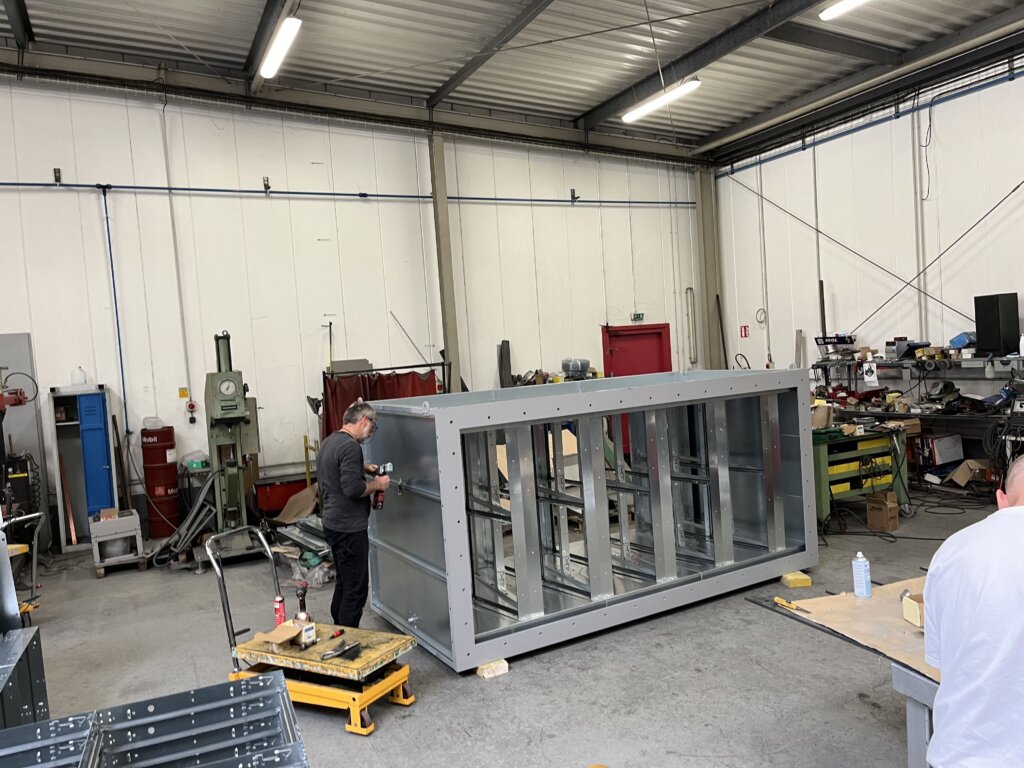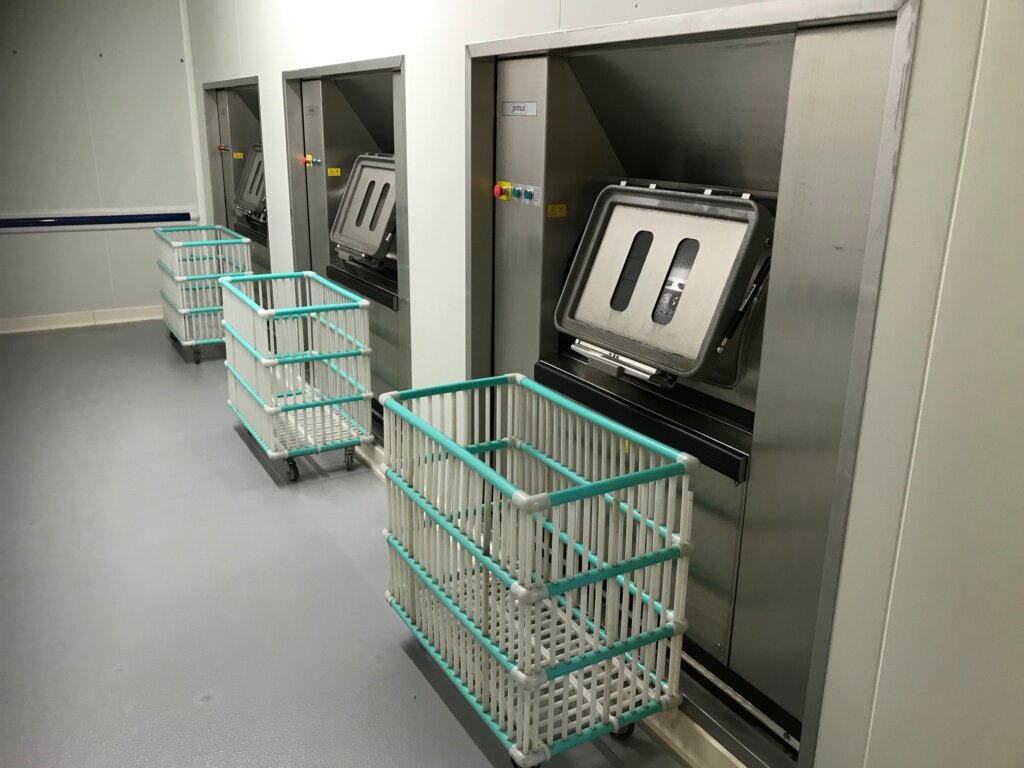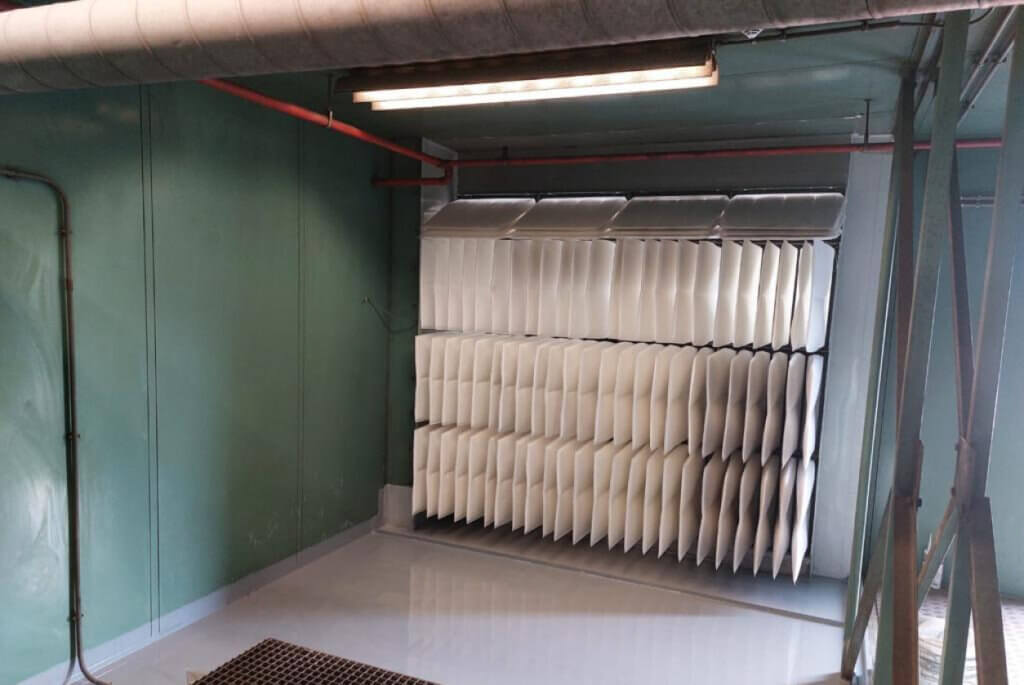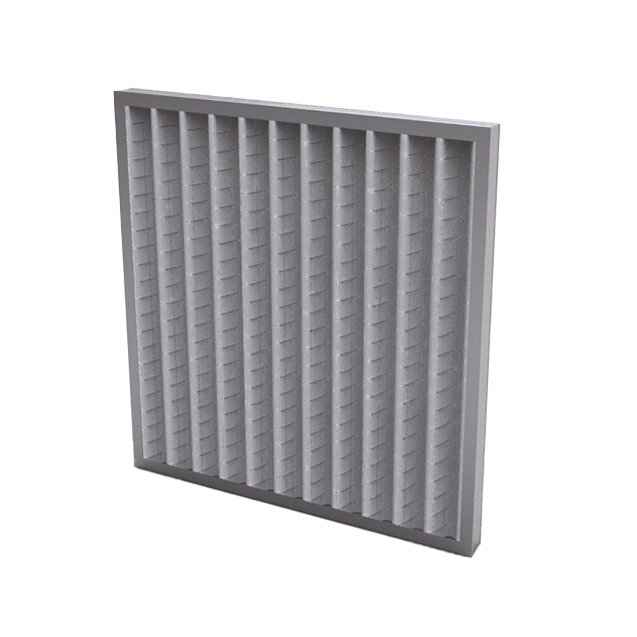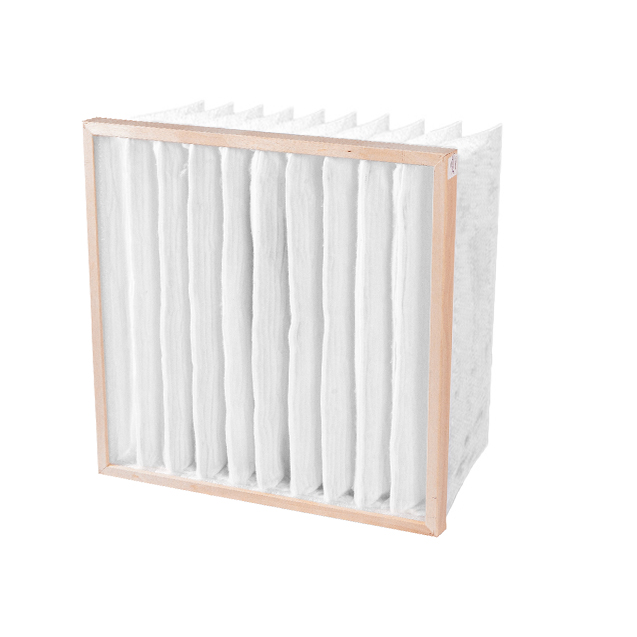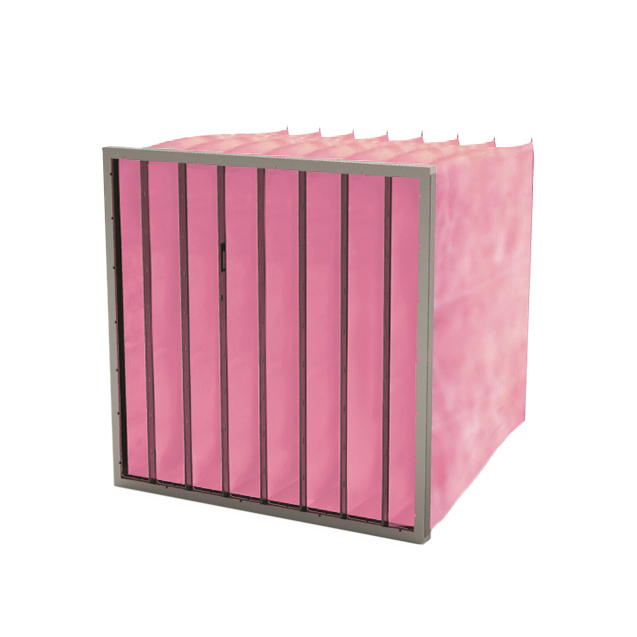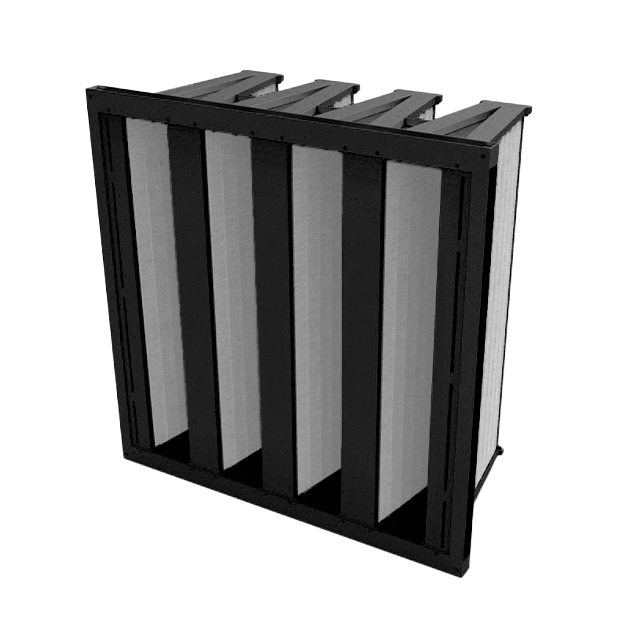AHU Filters: what are they?
AHU filters guarantee the purity of the air we breathe. Air handling unit filters capture and retain fine particles, pollutants, dust, bacteria, pollen, spores and mold.
Published on 21.12.2023
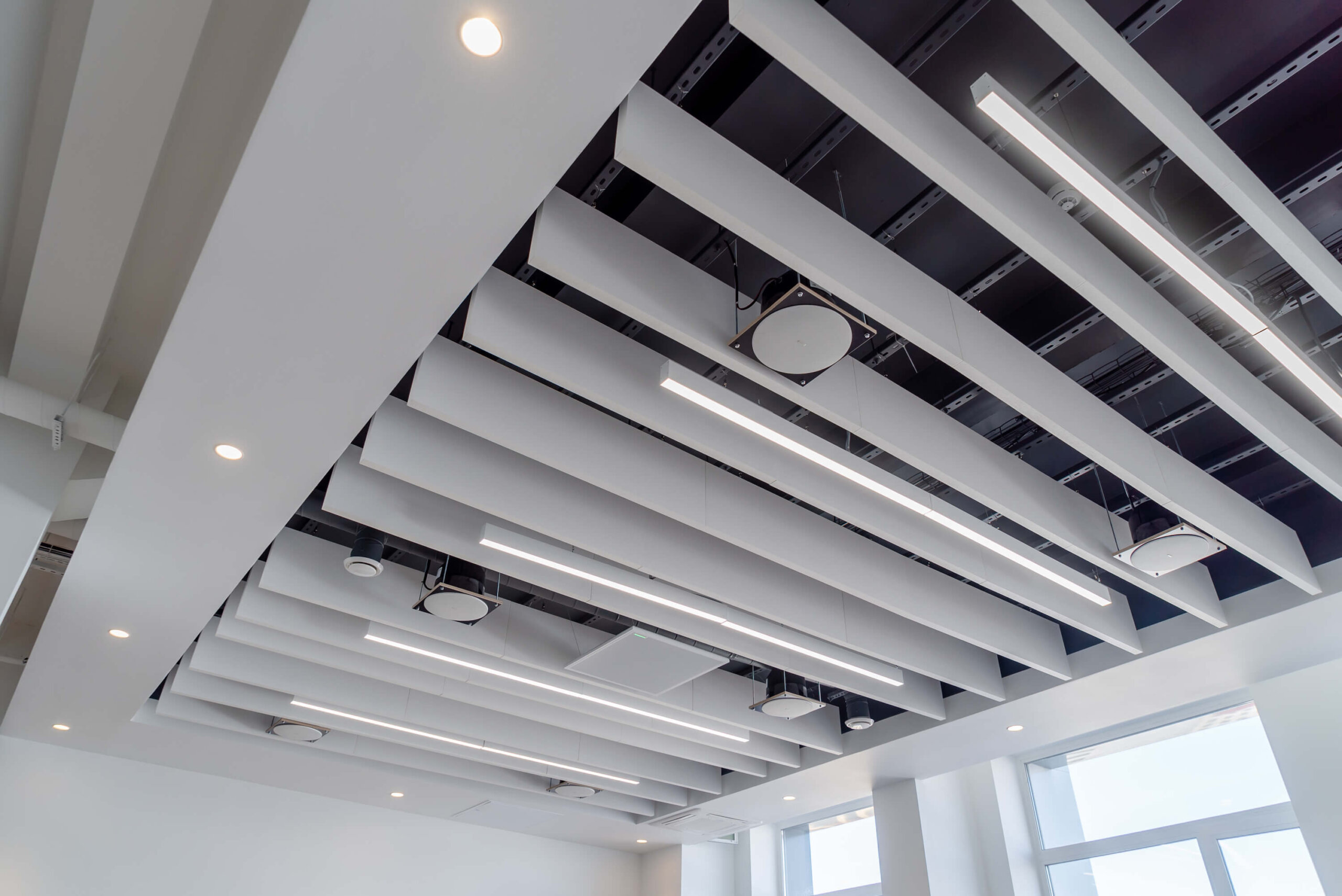
Table des matières
AHU Filter: Definition
Air Handling Unit: What is it?
AHU: Typology
AHU: How it works
AHU Filters: Roles
AHU Filters: How to choose?
AHU: Maintenance
AHU Filter: Definition
What is a AHU filter?
Indoor air quality has never been as crucial as it is today. With the external world facing unprecedented environmental challenges and rising air pollution, maintaining a healthy indoor environment is essential.
Especially when we understand the impact of PM1 on our health.
This is where the Air Handling Unit (also known as AHU) comes into play.
In this article, we offer you a detailed overview of what an Air Handling Unit is and its essential components: AHU filters.
Air Handling Unit: What is it?
What is an AHU, or Air Handling Unit?
An Air Handling Unit, more often referred to by its abbreviation AHU, is a device that regulates the air quality, temperature, and humidity level within commercial, industrial, and residential spaces.
In practical terms, an AHU is found in any indoor environment that requires controlled air quality, as well as regulated temperature and humidity.
An AHU thus fulfills several roles:
- It maintains optimal air quality,
- It filters pollutants and fine particles,
- It manages the temperature and humidity of the air.
There are also several types of AHUs.
AHU: Typology
The different types of AHUs
We can mention two main types of AHUs:
- The single flow.
- The double flow.
Each of these AHUs has its specificities and applications according to the ventilation needs and air quality of an indoor space.
On one hand, the single-flow AHU focuses on the treatment of incoming or outgoing air.
In comparison, the double-flow AHU offers more complex and dynamic management of the air circulating in the building. This air handling unit can notably mix all the airflows of a building: fresh air, return air, treated air, and exhausted air.
Moreover, it is also necessary to make a clear distinction between an AHU and a Mechanical Ventilation with Heat Recovery (MVHR), which allows for the evacuation of air from an indoor space. The difference between these two types of installation lies mainly in the amount of air that can be treated.
AHU: How it works
How does an AHU work?
Simply put, an AHU absorbs the air circulating within a space that needs to be treated.
It then subjects this air to treatment, whether it’s heating, cooling, purifying, or humidifying. Finally, the AHU injects the newly treated air into the premises that need it via a network of air ducts. This is the operation of a single-flow AHU.
In the case of a double-flow AHU, it not only fulfills this first function but will also draw air from rooms requiring air extraction (because the air is stale) and expel it outside the building. Stale air is air that has already “served,” considered polluted, and was originally deemed as fresh air.
In both cases, the AHU system is composed of air ducts, an external unit, and air outlets. We can also mention:
- Chilled water batteries for air conditioning,
- Electric batteries for heating,
- A special battery for humidification or dehumidification,
- Filters to improve indoor air quality.
Speaking of filters, let’s now see what their role is.
AHU Filters: Roles
The role of AHU filters
AHU filters ensure the purity of the air we breathe. Within an AHU, filters capture and retain fine particles, pollutants, dust, bacteria, pollen, spores, and molds.
Choosing the right filter is therefore a crucial decision for your health, but also for the filtration efficiency of your Air Handling Unit.
There are indeed several types of filters, categorized according to the ISO 16890 standard.
Depending on their efficiency, we can mention filters:
- ISO Coarse,
- ISO ePM10,
- ISO ePM2.5,
- ISO ePM1.
This classification allows building managers and technicians to choose a filter according to the size of the particles they wish to filter. For example, an ISO ePM1 filter is capable of capturing extremely fine particles, such as tobacco smoke and aerosols.
Deltrian, a key player in air filtration since 1967, can offer you filters belonging to each of these categories. Contact us via the form below for more information.
Furthermore, beyond filtering the air, AHU filters also protect the physical integrity of the AHU itself. By preventing the internal components such as heat exchangers and fans from becoming clogged, filters extend the life of the equipment and avoid costly repairs.
AHU Filters: How to choose?
Choosing the right AHU filter
Choosing a filtration system at Deltrian is not just a simple transaction. It’s a consultation to ensure that your specific needs are met.
We guide you through the filter selection criteria, including efficiency, size, particle retention capacity, and their energy efficiency so that you choose the filter that perfectly meets your needs.
AHU: Maintenance
Maintaining and optimizing your AHU
To conclude, an AHU requires regular maintenance to provide optimal operation over the long term. Indeed, your AHU filters must be cleaned and replaced at regular intervals to avoid the accumulation of dirt and a loss of efficiency.
Moreover, by ensuring maintenance, you are sure to avoid problems and breakdowns that can prove costly.
If you choose Deltrian, we can not only provide you with filters that meet your needs, but we can also guarantee maintenance to maximize the lifespan of your AHU.
Do you have any questions? Our team is here to help you.
Our experts are available to answer all your questions.
































